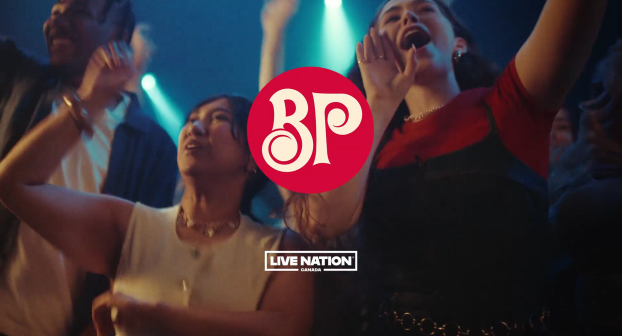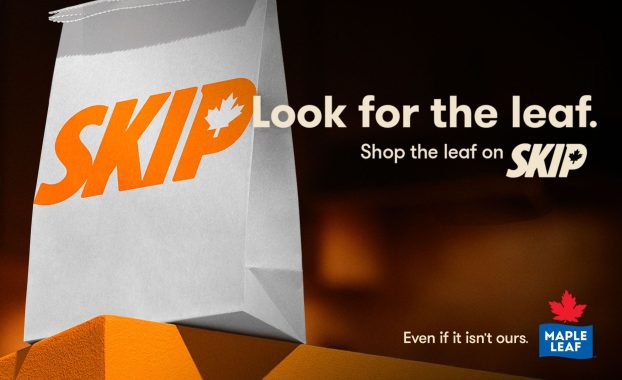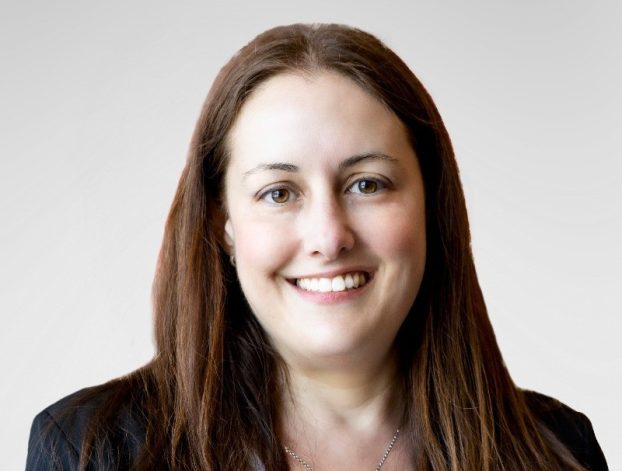
As you might expect from its name, Anomaly was built not simply to make ads, but to solve client problems. Today they have offices in Toronto, New York, LA, London, Berlin, Amsterdam and Shanghai.
Seven years after launching in Canada, it’s clear that Anomaly has earned its name. It is atypical. And it’s changing the very definition of what an agency can be. After building its reputation as an innovation powerhouse with Budweiser’s ever-growing “Red Light” enterprise (which grew from a hockey platform to a global sports platform with a recent implementation at the World Cup in Russia), Anomaly has doubled down on strategic thinking to build a business that genuinely partners with its clients.
- Anomaly is working with Dosist to bring its measure-dose cannabis products to Canada. The agency holds four patents on the product’s signature disposable pens.
- Anomaly is working with Dosist to bring its measure-dose cannabis products to Canada. The agency holds four patents on the product’s signature disposable pens.
Sure, many agencies claim to be partners, but Anomaly puts its money where its mouth is. Beyond innovative solutions for brands, its business model pushes towards intellectual property ownership. This approach led to partnerships such as Dosist, a health and wellness brand that Anomaly built from the ground up and now serves as a literal partner in a joint venture.
In addition to crafting the name and positioning, Anomaly owns four technology patents in Dosist’s signature pen devices, which deliver measured doses of THC and CBD to offer calm, sleep or bliss (depending on the SKU).
Part of that partnership does include marketing; the agency’s “Not Available in Canada” campaign is seeding the market ahead of the product’s Canadian debut. But it also extends to helping write speeches for executives who meet with regulators. “We’re helping them think through their distribution strategy and their relationship with the government, as legislation around cannabis oil continues to evolve,” says Anomaly president Candace Borland.
 Not that Anomaly has turned its back on traditional marketing altogether. In fact, it’s still getting recognition for campaigns that delivered big results.
Not that Anomaly has turned its back on traditional marketing altogether. In fact, it’s still getting recognition for campaigns that delivered big results.
The AToMiC Awards recently honoured The Hershey Company’s Oh Henry! 4:25, a more filling limited edition bar released last summer to target cannabis-friendly Canadian millennials. It promised to satisfy the intense hunger that hits five minutes after 4:20.
But that weedy positioning wasn’t part of the initial brief.Initially, Hershey wanted to strengthen its position among “hunger fighting” competitors, such as Snickers.

Anomaly’s “Red Light” for Budweiser began as an innovative way to connect with Canadian hockey fans, a competitive space for beer. But “Red Light” has been so successful, AB InBev has expanded it to other sports and countries, including the 2018 World Cup in Russia.
But Anomaly’s strategy team found a natural fit among young Canadians who were eager for recreational marijuana’s impending legalization. The result was the opening of a pop-up sampling “dispensary” in Toronto’s Kensington Market (near several real dispensaries), a presence at pro-pot rallies and some very overt cannabis culture references on the packaging (“Our dankest ingredients yet”)… all backed by a consumer marketing campaign.
Borland calls 4:25’s campaign a “big win,” especially given the category. “Hershey is a 125-year-old company” she says. “They took some big risks, leaping to the forefront of a cultural conversation and developing a product innovation that was big and bold. It’s delivering a massive return.”
One million bars made their way into consumers’ hands, and the work garnered more than 69 million earned media impressions. “The success of 4:25 has given us the confidence to sell – and Hershey the confidence to buy – more progressive and disruptive ideas, like the Reese’s Pieces Peanut Extraterrestrial Sampling Program,” Borland says.

Anomaly is working with BRP to globally launch its newest on-road product: the Can-Am Ryker. The “Ride Like No Other” campaign is designed to bring new riders into the category and make 3-wheel riding mainstream.
As Anomaly continues to invest in its award-winning strategy team (it consistently ranked among the top-five CASSIE-winning agencies in Canada and just hired a new CSO for the first time), its relationship with long-time clients deepens as a result. It’s currently helping AB InBev – the biggest brewer in the world – think through its role in evolving beer culture. And recreational product manufacturer BRP has brought Anomaly on as its global AOR to shape the brand’s product portfolio in a changing market.
“We hire multi-disciplinary talent with very diverse experience and backgrounds, a cross-section of perspectives that drives thought leadership and makes our work better,” Borland says, adding that many are drawn to Anomaly’s focus on “real” culture, vs just the typical drink carts and ping-pong tables. Whether through its internal professional development platform called DNA or its work building schools with Pencils of Promise, Borland says Anomaly pushes for a culture of excellence through values-based initiatives.
The result is that just about every one of its clients, old and new, is asking Anomaly to do more than create campaigns. It looks like being atypical has paid off.
CONTACT
Candace Borland
President
Agency A List Profiles:
Intro
Zulu Alpha Kilo – A decade of momentum has the independent shop in full stride
One Twenty Three West – Cultivating a hands-on creative culture
UM Canada – Investing in the power of culture
The Colony Project – What the next evolution of PR looks like
Sid Lee – Shaping culture one flag at a time
Bleublancrouge – Ready for a global spotlight
Mindshare – Eternal upstart maximizes its talent
Initiative – Growing brands through culture
Critical Mass – Focused on the customer
McCann – Helping make brands meaningful
Target – Outsiders see things differently






















